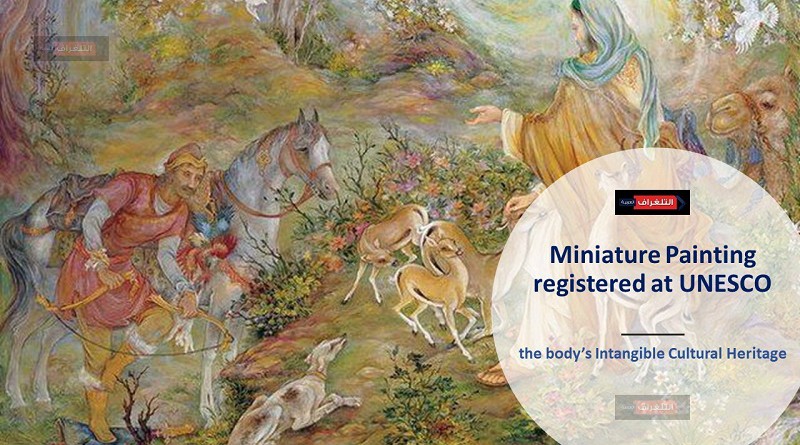Miniature Painting registered at UNESCO
mansour jahani-Teleghraph: The multinational art of miniature painting won the votes of the UNESCO Safeguarding Intangible Cultural Heritage Committee and was registered in the list of the body’s Intangible Cultural Heritage.
In the fifteenth meeting of the UNESCO Safeguarding Intangible Cultural Heritage Committee, the Iranian art of miniature painting was jointly examined by Turkey, Azerbaijan, and Uzbekistan and registered globally on Wednesday (16 December 2020).
“The registration of a particular art for a country will highlight the position of the ancestors of the people of that country and will create a kind of emotional reaction to the cultural and artistic heritage,” said Iran’s Deputy Minister of Cultural Heritage, Tourism and Handicraft Mohammad Hassan Talebian on the sideline of the meeting.
Talebian said the registration of miniature painting can enhance the region’s position in the world’s cultural diversity, strengthen imagination power and establishment of unique art in the public consciousness, and act as a powerful stimulus in the field of art studies in the context of world culture.
He described the art as a special type of painting that flourished in traditional societies based on cultural, literary characteristics, and requirements based on raw materials such as gold, silver, sandstone, and azure as well as the way it looks at the world, nature and its interpretation, and remained to the day.
The art of miniature was the 15th Iranian cultural element inscribed on UNESCO Lists of Intangible Cultural Heritage.
The miniature is a type of two-dimensional artwork that involves the design and creation of small paintings on books, papier-mâché, rugs, textiles, walls, ceramics and other items using raw materials such as gold, silver and various organic substances.
Historically, the miniature was exemplified by book painting in which the text was supported visually, but the element has evolved and can also be observed in architecture and as an adornment in public spaces.
The patterns of the miniature represent beliefs, worldviews and lifestyles in a pictorial fashion and also gained a new character through the Islamic influence, according to UNESCO’s website.
The 15th virtual meeting of the Intergovernmental Intangible Cultural Heritage Committee was hosted by Jamaica on Monday, December 14, and will continue until December 29.
Read also
Hawraman Photo Exhibition kicked off: showing the beauties and splendors of rural landscape




